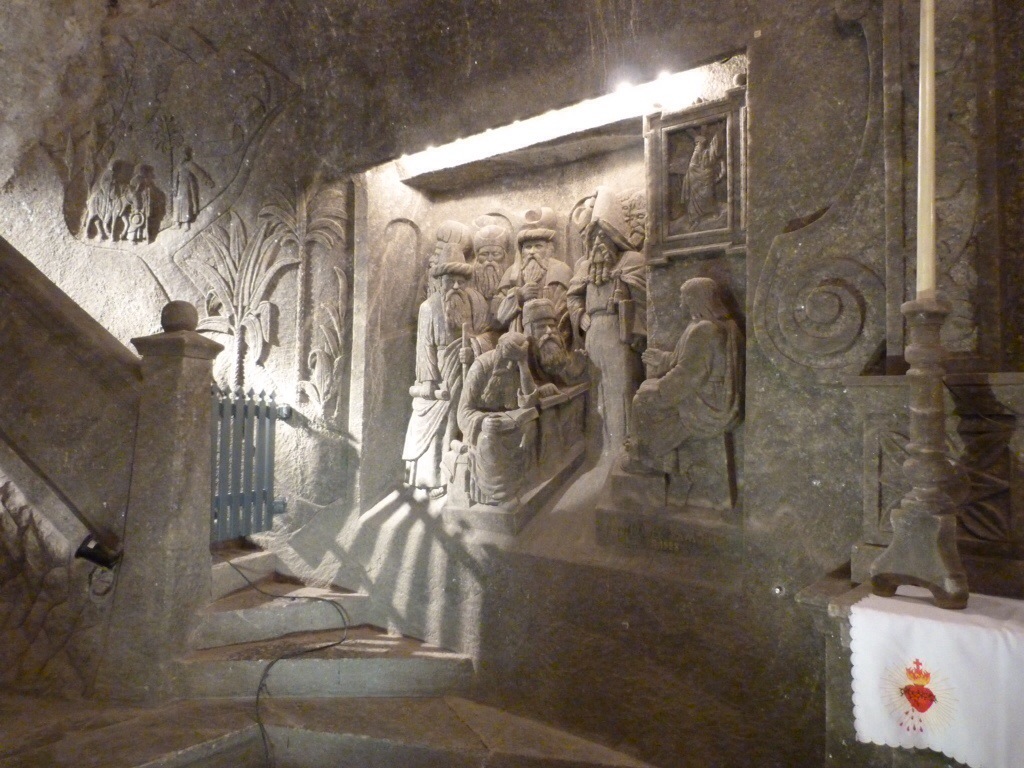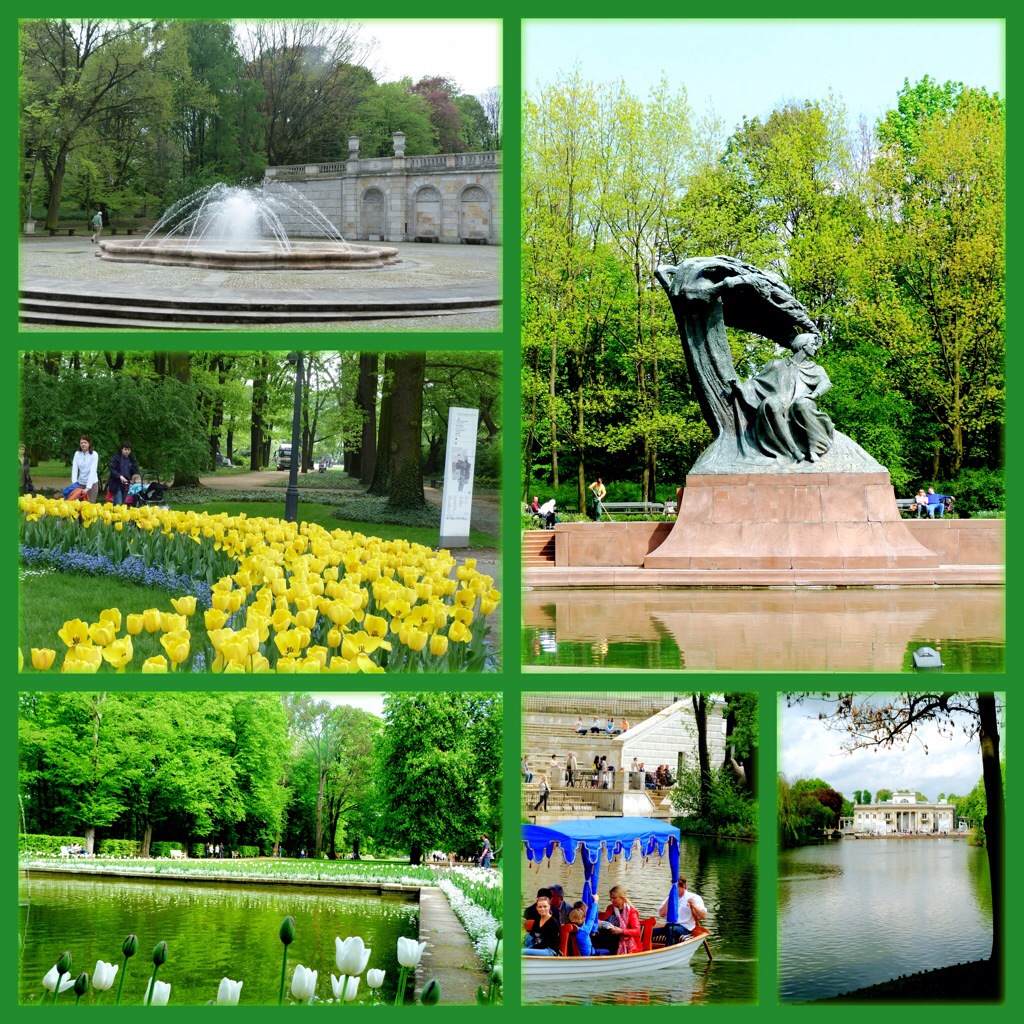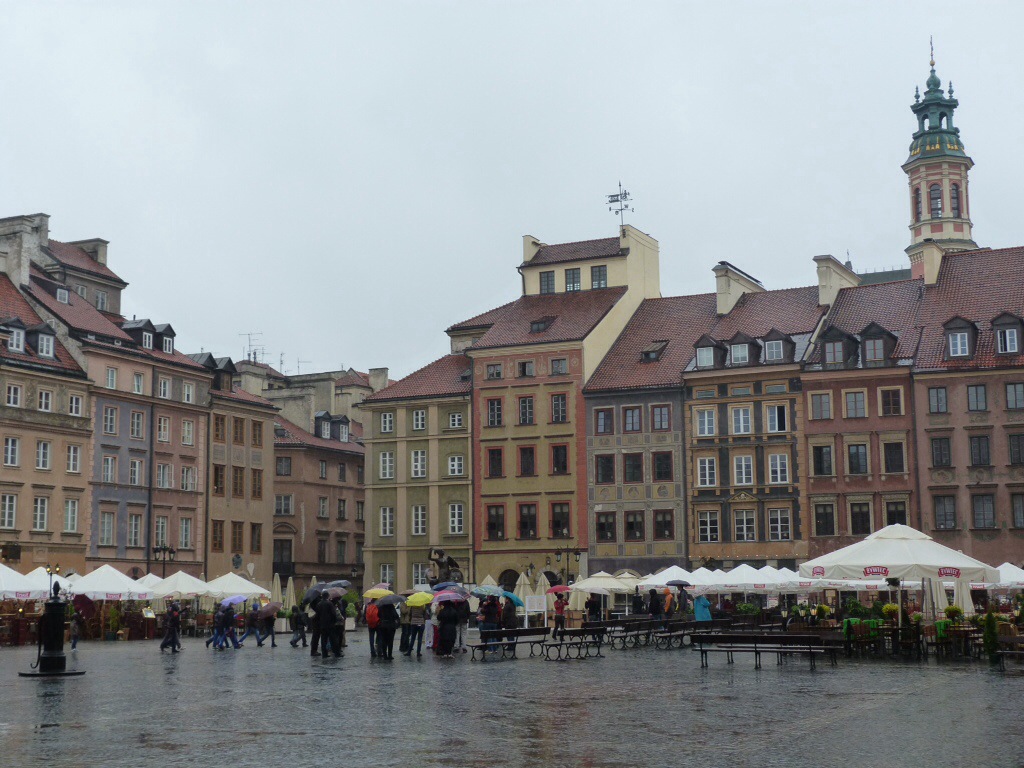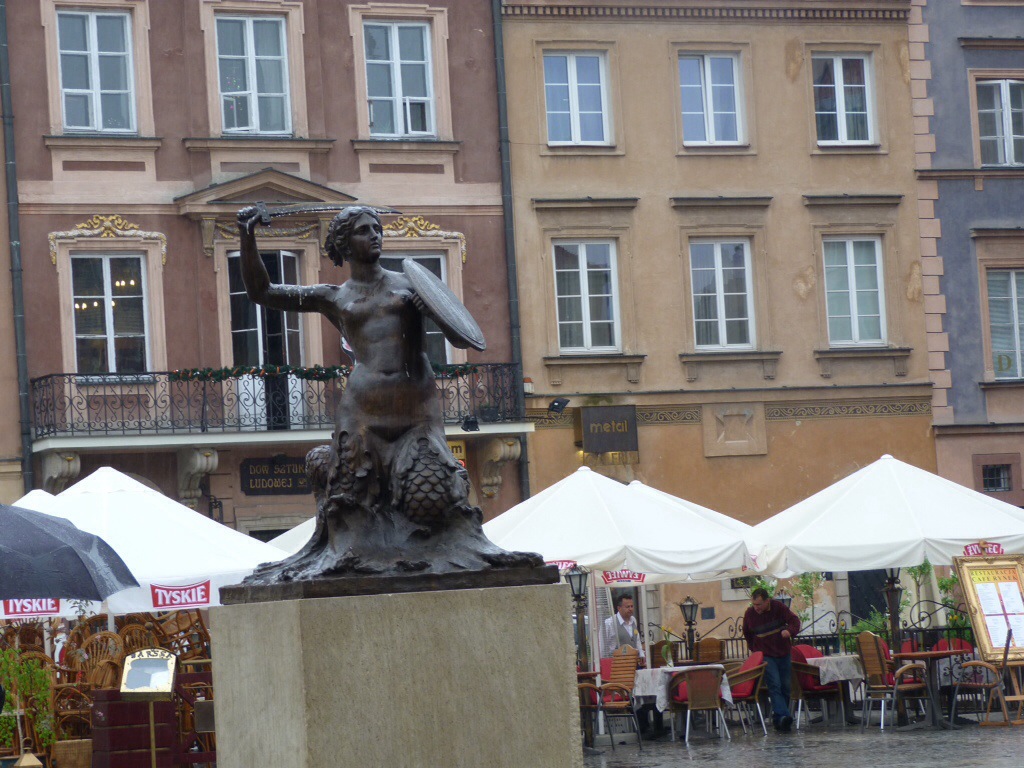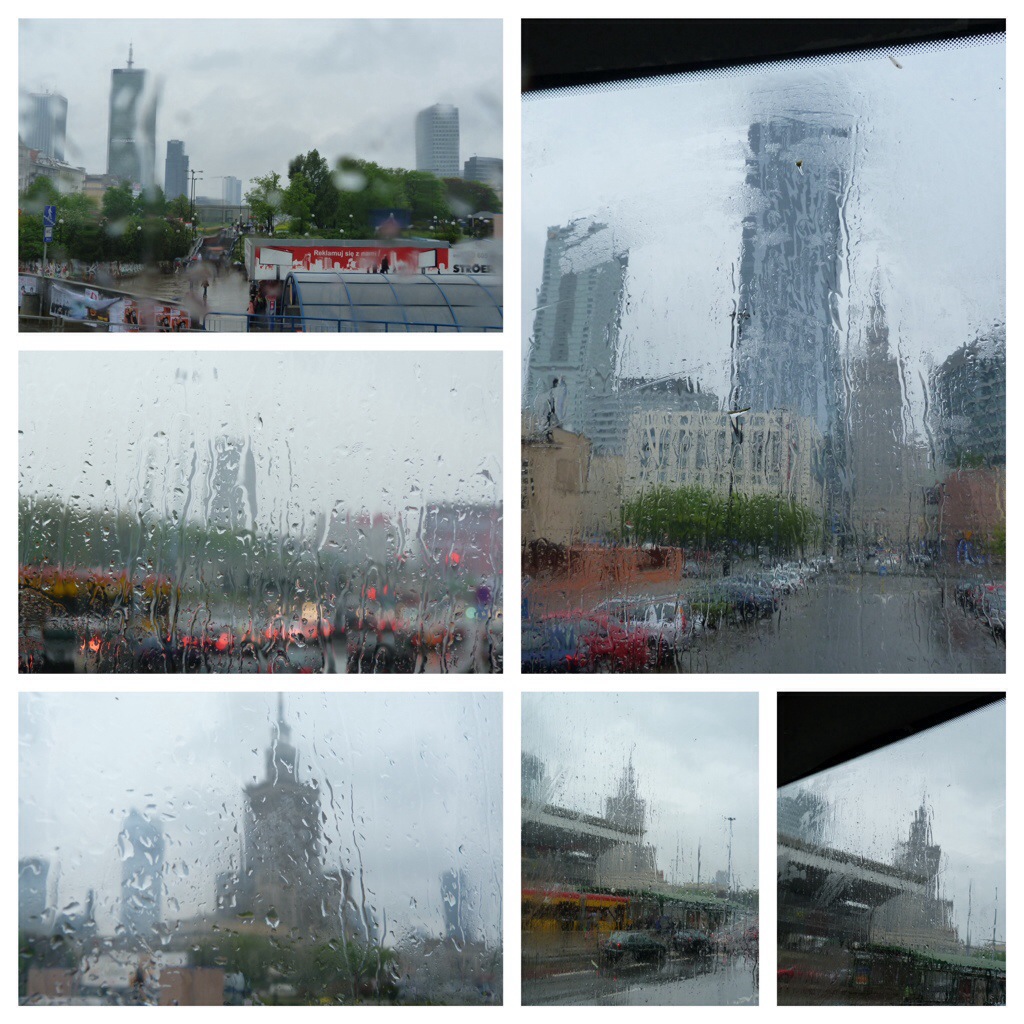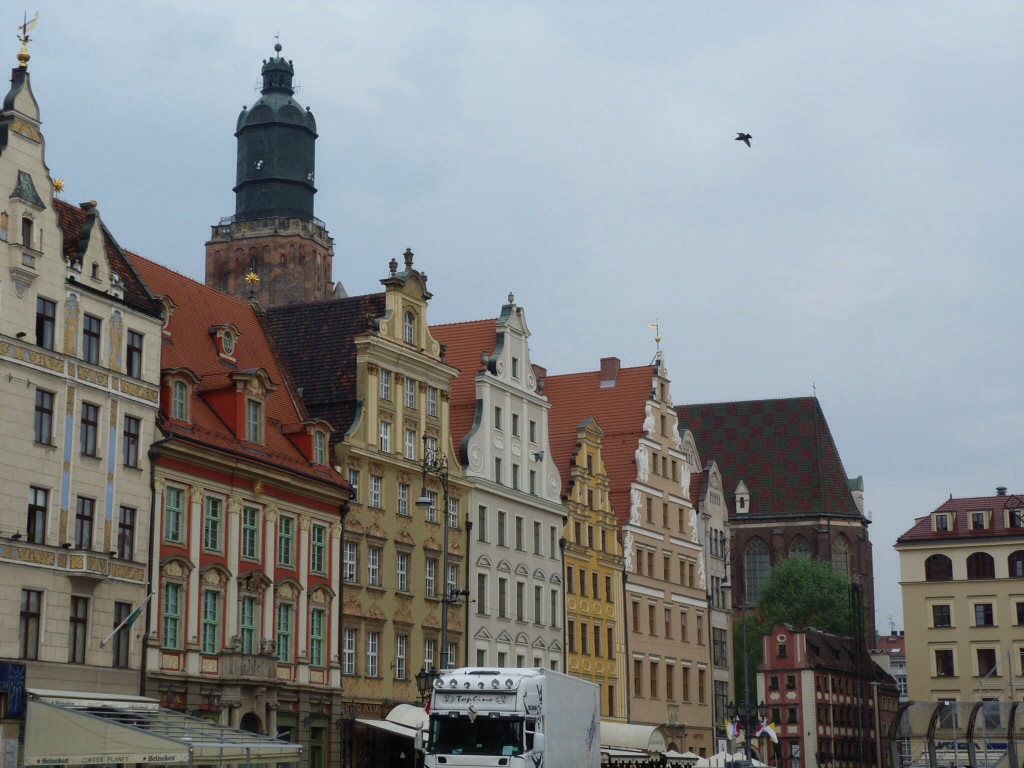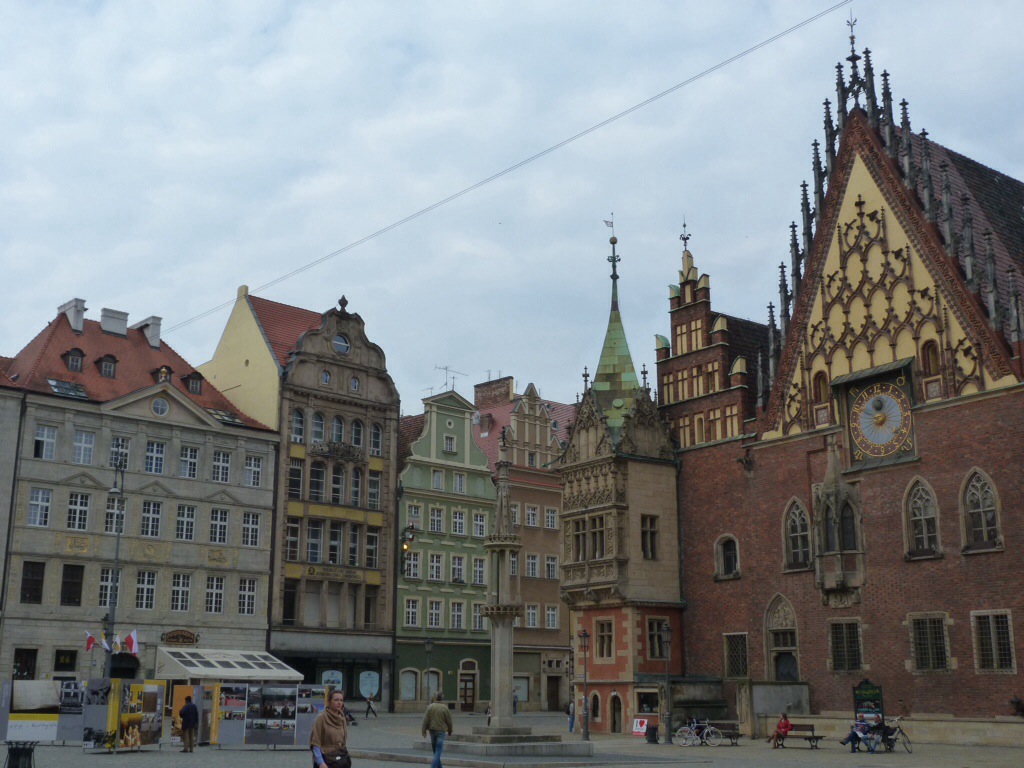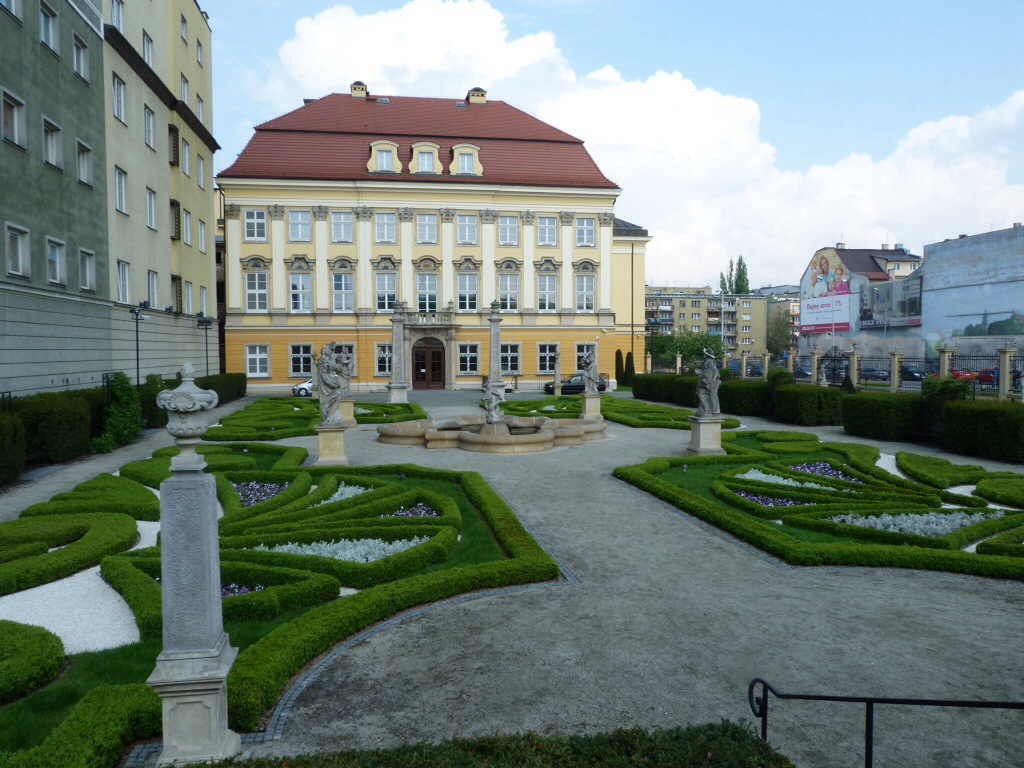
Cloth Hall–Market Square Center
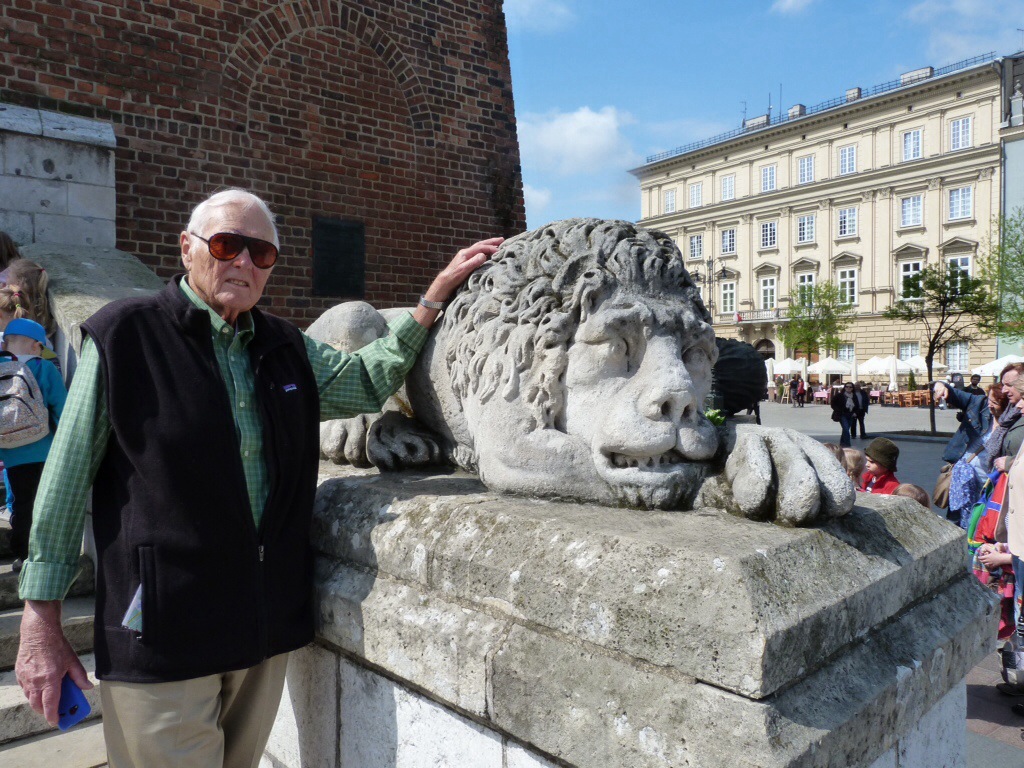
Two Lions in Springtime

Royal Castle

Royal Castle Staterooms at the Right

View from the Cathedral Belltower
Kraków is the city that attracted us to Poland. Reputed to be both an historic as well as a visual gem, it is Poland’s second largest city and covers both banks of the Vistula river. Seated at the base of the Carpathian Mountains, the metropolitan area has more than 1.4 million residents. Kraków also serves as the capital city of the Malopolskie (Lesser Poland or Little Poland) province in the southern region of Poland.
There is archeological evidence of settlements here since 20,000BC. Early Krakow grew from a small settlement in 1000AD to large wealthy city primarily through trade with the various rulers of Europe.
Brief historic highlights that impact the face of the city today include: in 1241, the city was almost entirely destroyed by Tatars. Rebuilt in a design that remains largely unchanged today. It was again over run in the 13th century by the Mongols when Kazimierz the Great set about defending the city. Walls, fortifications, and the original Wawel Castle were added. The University was also established. King Kazimierz also established the district of Kazimierz for Jews to live free from persecution. This area remained mainly Jewish for centuries until the Nazi occupation.
The 16th century is regarded as Krakow’s golden age. Under the influence of the joint Polish-Lithuanian Jagiellonian dynasty, Krakow became a centre of science and the arts. In 1569, Poland was officially united with Lithuania and as a result government activity started to move to Warsaw. King Zygmunt III officially moved the capital in 1609.
The 17th century marked a return to troubled times for Krakow and Poland. Invaded by Russians, Prussians, Austrians, Transylvanians, Swedes, and the French, Poland went through various forms of political control.
In the First World War, Józef Piłsudski set out to liberate Poland and the Treaty of Versailles (1919) established an independent sovereign Polish state for the first time in more than 100 years. This lasted until the Second World War, when Germany and the USSR partitioned the country, with German forces entering Krakow in September 1939. Many academics were killed and historic relics and monuments were destroyed or looted. Concentration camps were established near Krakow, including Plaszow and Auschwitz. After German withdrawal, the city escaped complete destruction and many buildings were saved.
In the Communist period, a large steel works was established in the suburb of Nowa Huta. This was seen as an attempt to lessen the influence of the anti-Communist intelligentsia and religious communities in Krakow. In 1978, UNESCO placed Krakow on the World Heritage Sites list. In the same year, the Archbishop of Krakow, Karol Wojtyła, was made Pope John Paul II.
The Communist Government collapsed in 1989. For the last quarter century Krakow has undergone yet another period of regeneration and revitalisation creating a dynamic energetic symbiosis between historical preservation and 21st century development.
Our first full Krakow day we wandered the main Market Square admiring the amazing array Renaissance and Baroque buildings, mansions and churches defining the perimeter of the enormous square as well as the Cloth Hall in the market’s center. We spent on the afternoon exploring the museums on Wawel (the walled fortification overlooking the old section of the town) including the Wawel Royal Castle Museum and the Royal Cathedral both inextricably linked as seats of power. The trappings of power in both were stunningly displayed and arrayed and the audio-guide fascinating.
We ended the day with a fun carriage ride throughout the old town.







